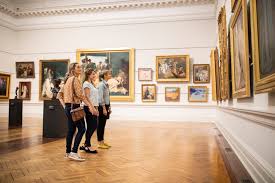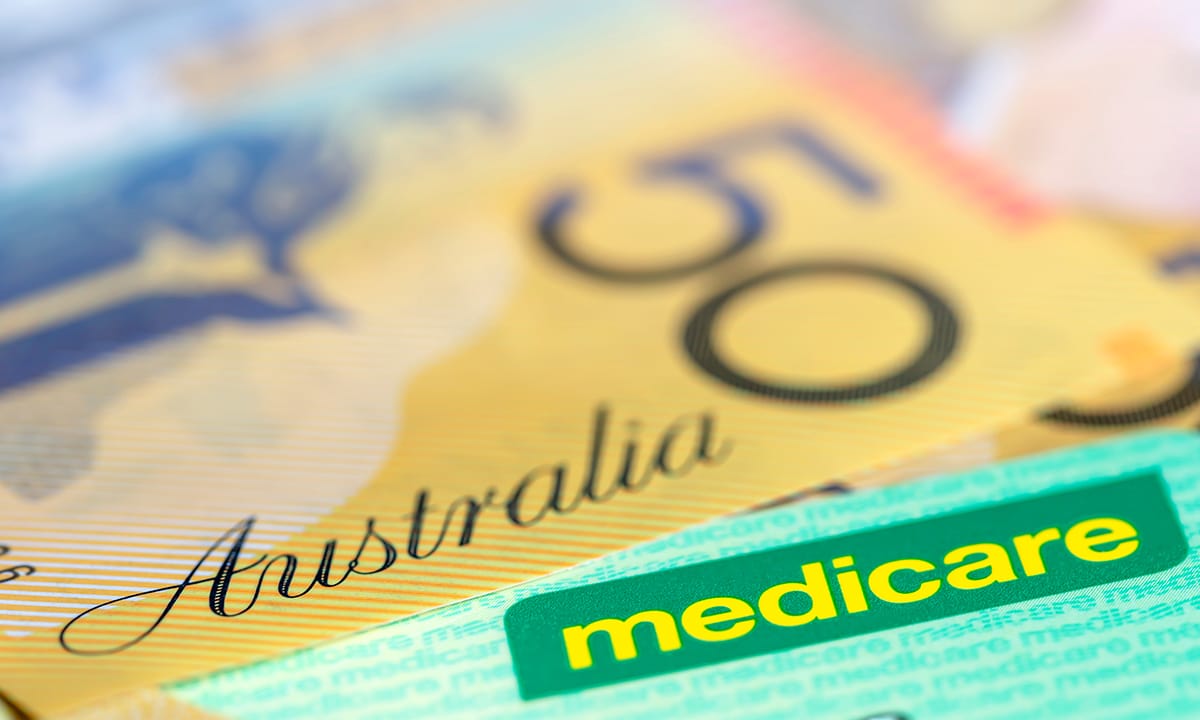Arts and culture in Australia are a vibrant, evolving reflection of the country’s rich Indigenous heritage, multicultural society, and dynamic creative industries. From the ancient stories etched in the red rocks of the Northern Territory to cutting-edge digital art installations in Melbourne’s bustling laneways, Australia’s cultural identity is both deeply rooted and forward-looking. The nation’s artistic landscape spans millennia, beginning with the Dreamtime narratives of Aboriginal and Torres Strait Islander peoples, whose legacy is preserved and celebrated through initiatives led by institutions like the Australian Institute of Aboriginal and Torres Strait Islander Studies and visual storytelling at the National Gallery of Australia.
In every corner of the country, from metropolitan hubs to remote communities, creativity flourishes. The performing arts scene is one of the most dynamic in the Southern Hemisphere. Iconic venues like the Sydney Opera House and the Melbourne Arts Centre are home to world-class productions ranging from ballet and theatre to symphonic concerts and musical theatre blockbusters. National events such as the Adelaide Festival and Vivid Sydney not only draw millions of local and international visitors but also drive significant economic impact. For instance, Vivid Sydney attracted 3.5 million people in 2023, generating over AUD 119 million in tourism revenue.
Regional Australia is equally alive with culture. Cities like Brisbane and Adelaide have established themselves as creative powerhouses, each with thriving music, design, and visual art sectors. Brisbane’s QAGOMA and Adelaide’s Festival Centre continue to push boundaries by supporting local talent and international collaborations. Indigenous festivals such as Garma and Yabun provide crucial platforms for First Nations voices, ensuring that tradition and innovation coexist harmoniously in the cultural dialogue.
Technology is redefining how Australians experience the arts. Interactive media exhibitions at ACMI in Melbourne, digital storytelling at Experimenta, and immersive design showcased in events like the NGV Triennial highlight the country’s transition into the digital age. Meanwhile, public art projects, sustainable festivals, and the rise of Indigenous fashion designers like those supported by the Australian Fashion Council are demonstrating how arts and culture in Australia continue to adapt, influence, and inspire on both local and global stages.
Whether it’s a light festival in Alice Springs, a musical in Sydney, or a mural in a Melbourne alleyway, creativity in Australia is omnipresent and inclusive. With continuous support from organisations like Creative Australia and a national appetite for storytelling in all its forms, Australia stands as a global beacon of cultural resilience, innovation, and expression.
Indigenous Roots and Contemporary Voices
Ancient Traditions Shaping a Nation
The foundations of Arts and culture in Australia are deeply rooted in Indigenous traditions, dating back over 65,000 years. Aboriginal and Torres Strait Islander peoples have passed down Dreamtime stories, ceremonial dances, and rock art that continue to influence national identity. Sites like the Burrup Peninsula house over one million petroglyphs, some more than 30,000 years old.
Modern Indigenous Artists on the Global Stage
Contemporary Indigenous artists such as Emily Kame Kngwarreye, whose works have sold for over AUD 2.1 million, and Richard Bell, who challenges post-colonial narratives, are elevating Australia’s art globally. Their pieces appear in prestigious galleries, including the Tate Modern in London and the Museum of Contemporary Art in Sydney.
Cultural Preservation Through Digital Innovation
Organisations like AIATSIS and the National Film and Sound Archive have digitised over 500,000 cultural artefacts to preserve Aboriginal heritage. The digital platform Indigital allows users to engage with language and stories through augmented reality, enhancing how younger generations access cultural knowledge.
Government Support and Funding
The Australian Government’s Indigenous Visual Arts Industry Support (IVAIS) program invested AUD 23 million in 2023 to sustain over 80 art centres nationwide. This ensures economic empowerment and cultural preservation simultaneously.
Education and Cultural Awareness
Over 75% of Australian schools now include Aboriginal perspectives in their curricula, according to the Australian Curriculum Assessment and Reporting Authority (ACARA). This educational shift reflects a broader national commitment to honouring Indigenous contributions to Arts and culture in Australia.
Australia’s Vibrant Performing Arts Scene
World-Class Theatres and Opera Houses
Arts and culture in Australia boast architectural icons like the Sydney Opera House, which hosted over 1,800 performances in 2023 and welcomed 10.9 million visitors. The Melbourne Arts Precinct is undergoing a AUD 1.7 billion redevelopment to become one of the largest cultural hubs in the Southern Hemisphere.
Dance Companies Leading the Charge
The Australian Ballet, founded in 1962, now performs for more than 155,000 people annually. Bangarra Dance Theatre, an Indigenous contemporary dance company, combines storytelling with choreography, attracting global acclaim and contributing to the broader narrative of diversity in the arts.
The Rise of Musical Theatre
Australia’s musical theatre industry generated over AUD 360 million in revenue in 2022. Productions like Hamilton and Moulin Rouge! broke box office records in Melbourne and Sydney. These productions bolster both local tourism and the economy while enriching Arts and culture in Australia.
National and Regional Festivals
Events such as the Adelaide Festival, Sydney Festival, and Darwin Festival offer more than 400 live performances annually. In 2023 alone, the Adelaide Festival attracted 750,000 attendees and generated AUD 76 million in economic activity.
Youth Engagement and Access Programs
Programs like Bell Shakespeare’s Schools Tour reach over 80,000 students annually. Initiatives like the Arts Access Victoria ensure inclusive participation for people with disabilities, supporting a more equitable cultural landscape.
Creative Cities and Cultural Festivals
Melbourne: Australia’s Cultural Capital
Melbourne is consistently ranked as one of the world’s most liveable cities and is recognised as a UNESCO City of Literature. It is home to over 100 art galleries and 140 festivals yearly, including the Melbourne International Comedy Festival, which drew more than 800,000 attendees in 2023.
Sydney: A City of Cultural Icons
Sydney’s New Year’s Eve fireworks alone generate AUD 130 million in global media value. Events like Vivid Sydney attracted 3.5 million visitors in 2023, with light installations and music performances redefining Arts and culture in Australia as immersive and innovative.
Brisbane and Adelaide: Regional Stars
Brisbane’s South Bank Cultural Precinct and the Queensland Art Gallery & Gallery of Modern Art (QAGOMA) attracted over 1.3 million visitors last year. Adelaide is UNESCO’s City of Music, hosting WOMADelaide, which saw 95,000 attendees in 2023 and celebrated cultural diversity through music and performance.
First Nations Cultural Celebrations
Festivals like Garma in Arnhem Land and Yabun in Sydney celebrate Indigenous heritage. Garma alone attracts over 2,500 participants annually, including politicians, artists, and scholars, reinforcing the integral role of Indigenous events in Arts and culture in Australia.
Sustainability and Innovation in Festivals
Events such as the Woodford Folk Festival integrate sustainability, diverting 92% of waste from landfills. Green credentials are now part of Australia’s cultural branding, making festivals both environmentally conscious and creatively impactful.
The Rise of Modern Australian Art and Design
New Frontiers in Visual Arts
Australia’s contemporary art scene is thriving with major institutions like the National Gallery of Victoria (NGV) receiving over 3.1 million visitors in 2023. NGV Triennial 2023 showcased over 100 artists from 30 countries, blending global perspectives with local expression in Arts and culture in Australia.
Digital Art and Media Innovation
The rise of digital platforms like The Cube in Brisbane and Experimenta’s immersive exhibitions marks a transition to tech-enhanced artistry. The Australian Centre for the Moving Image (ACMI) hosted over 1 million guests and spotlighted game design and film as crucial to cultural storytelling.
Public Art and Urban Design
Public installations, such as Parrtjima in Alice Springs, a light festival on sacred land, blend traditional stories with LED technology. Meanwhile, large-scale murals in Perth and Melbourne revitalise urban spaces, making Arts and culture in Australia visible and accessible daily.
Fashion and Indigenous Design
Designers like Grace Lillian Lee and labels such as Ngali are redefining Australian fashion by incorporating Indigenous motifs and sustainability. The Australian Fashion Council reported a AUD 27.2 billion value for the sector in 2022, with growing emphasis on ethical practices.
Art Markets and Economic Impact
Art Basel data shows Australia’s contemporary art market grew by 6.5% in 2023, reaching over AUD 200 million in sales. Online galleries and digital auctions have opened new pathways for emerging artists to reach global collectors.




